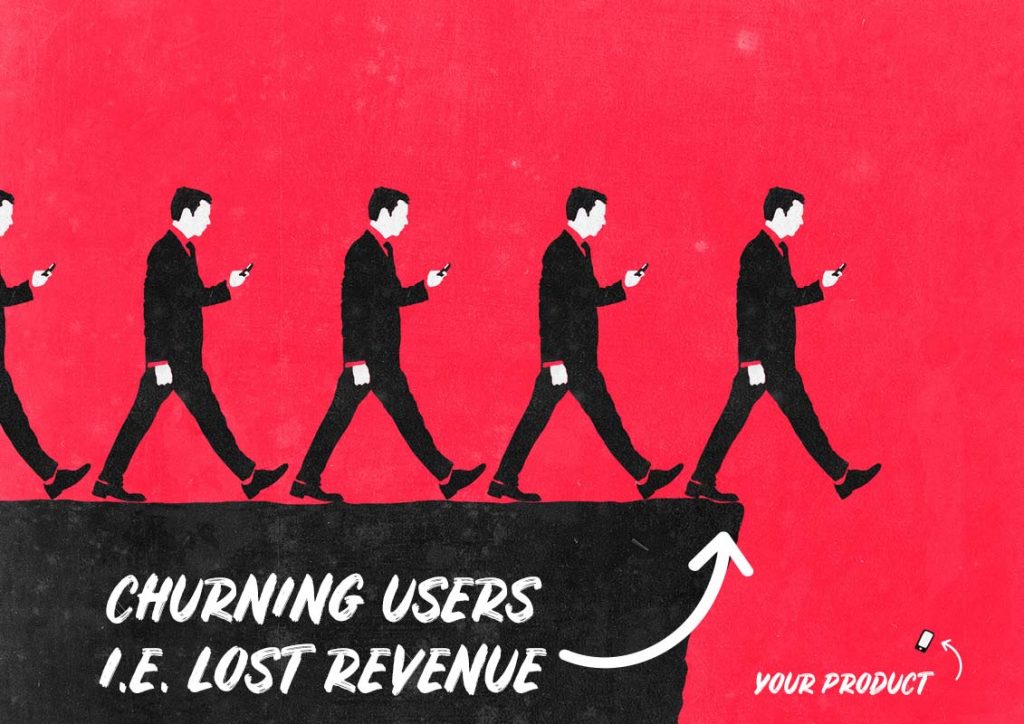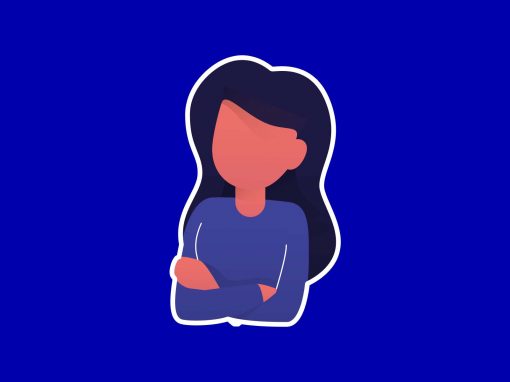You’re losing money every time someone signs up for the trial version of your SaaS and she or he does not “convert”.
In other words, it may sound harsh if we put it like this, but it’s the truth: they’ve added to your bill but contributed nothing.
Here’s an effective idea on how to increase the conversion rate for these people who have signed up for freemium: an email on day 29.
Why companies communicate in a certain way
I wrote yesterday something really basic. I wanted to raise awareness about one thing we tend to forget: good business means I pay you some money and I use what you give me to make more money.
In other words, you, as a company, will capture a percentage of what value you provide to others. This is the conceptual level. On a practical level, we don’t show people that so often because of different reasons.
It would be weird if Rolex would advertise saying: “People will know you’re wealthy if you buy our product.”
Ferrari doesn’t say “Everyone will see you if you buy our car”
Lamborghini doesn’t say “Everyone will hear you if you buy our car”
These are all examples of overt communication. They can’t work because they’re too direct — some of us that would buy these products because of these reasons wouldn’t want to openly admit that. Not even to ourselves.
The solution for these companies? Communicate covertly — find a way so that people can just think these things I’ve quoted above in the bottom of their brain. Careful though, it has to be so covert that it doesn’t get to the surface of the brain but overt enough that we think about it.
In the SaaS field
That’s luxury products. In SaaS, we have an advantage. We’re talking numbers all the time and we can communicate overtly. There are shows/podcasts around SaaS companies where literally the only thing they talk about is numbers:
- How much money do you guys make?
- How many users do you have?
- How many users churn monthly?
- How much do you want to make next year?
- How much of your ARR is profit
If anything, SaaS is the most honest and open community — somehow we managed to shape our culture into that.
How can you use that to your advantage, then?
By sending an email on day 29, day 13 or day 6, depending on how long your trial period is. One day before the end of the trial period, maybe two. What will you say in this email? Two things.
1. Show how much growth your SaaS product has generated for others
The email shows 2 or 3 success stories (could be even one if your clients list is not that big) where you communicate overtly saying:
This annual cost has been paid -> ARR increased by this much
In other words, you show examples of how much people have paid you and how much extra revenue they’ve generated because of that.
There’s this concept called value-based pricing: you’ll pay me based on how much money I’ll bring you. Ideally, your price is based on that. If done successfully, it’ll be very easy to show your prospective users what I’m proposing.
And I understand, some tools are not about increased revenue. Some are about productivity, time, team dynamics etc. Just show whatever direct benefit they get out of using your product and how that translates to growth.
That’s the idea. Communicating overtly your success story in a manner that fits the industry.
You’ve probably noticed that articles like “How I made $10m in 2 seconds” or some other kinds of clickbait work. In a sense, what I’m proposing is doing that but while being less trashy.
Yes, you can say this is trashy. But you can also do it with elegance. You can both say “Our customers made this much more money” or “Our customers used our product to grow 28% in 12 months” — you’re free to place yourself at whichever end of the interval you see fit.
2. Pave the way for a conversation
I’ve had a conversation with some readers the other day where we agreed that doing this helps tremendously.
In this email, I’d also pave the way for a conversation by “extending your hand” — telling them that if they need more time with the trial, they’re free to respond to this email. They can tell you about it and you’re very happy to extend their period.
This way not only you show you’re a good human being (which I hope you are) but it also makes the purchasing process easier for them, since we like to buy from:
A) people we’ve talked to
B) people that have helped us
On top of that, they will tell you about their business and other things happen:
- You learn more about your users — how they speak, what they struggle with, maybe
- As a consequence, you’ll be able to cater better to them
- You can chime in with some valuable advice/expertise

If you want to go the extra mile…
Super bonus points if you do this.
I’ve seen most of the “content marketing strategies” basically consist of articles saying “buy this from us, this is why we’re good”. That’s a start.
If you’re there, doing this will be in the same line but with a bit more personality.
If you’re doing content marketing the ballsy way it could mean you’re doing content around golf, even though you’re in M&A — the same way Michelin back in 1900 made “content” around hotels and restaurants, even though they sold tires. That’s one of my favourite stories, I can go more on it if you guys would like me to.
I was saying that if you’re doing it this ballsy way, doing what I’m proposing in a few sentences could be that 1 piece of content out of 10 where you “sell” to people what you do in a very nice way.
The bonus points move? Making a podcast episode around it.
Interviewing your customers and having a question at a moment saying “How much % of growth is it due to using our product?”. That’s just a couple of minutes while the rest of the episode is back to the regular scheduled programming of providing value to listeners through the interview.
For bonus authenticity points, you can even ask the interviewee beforehand to start the answer with “Look, this is not one of the forced testimonials you see on websites so I’ll tell you exactly in which departments it helped us and how that department grew since we started using your product. You draw the conclusions.”
If your product indeed helps a lot, then there’s no fear about what the interviewee might answer.
The bottom line
The step by step list:
- Get in touch with customers, especially those for which you’ve catered every need (hopefully most of them, if you’re doing it right)
- Find out how much they value your product i.e. how much growth/extra revenue the usage of your SaaS product brings them
- Make a fancy pantsy infograph, table or whatever you think will illustrate in a nice manner the growth/added benefit
- Write a nice email for those that signed up for the freemium version
- Add the fancy-pantsy thing
- Make the email reply-able by offering to extend their trial version, if they feel like having that
- Sign it with your handwritten signature please
And that should be a good step in converting more people from the trial version to the paid one.
About Ch Daniel
I run Chagency_, an experiences design agency — we help SaaS CEOs reduce user churn. I write daily on this topic and in similar areas. Here are my best pieces.
If I’ve helped you, follow me here and reach out: LinkedIn | Twitter | Email | Quora | YouTube
I’ve also founded an app that went 0-200K users in its 1st year — chdaniel.com/app
If you want a more of a personal connection, here’s how to have that.
Illustration credits: Maivisto, Can Arabacılar




